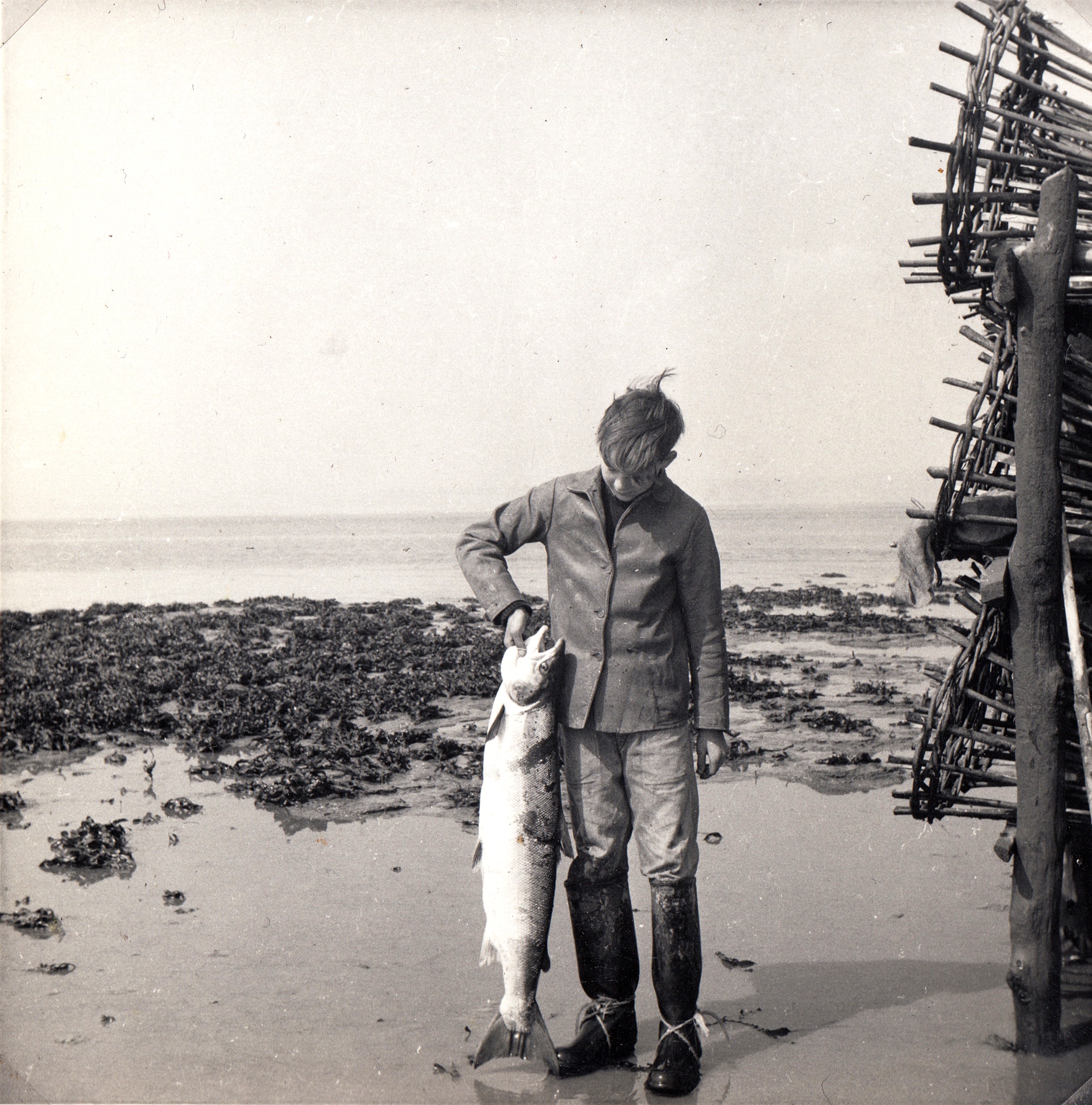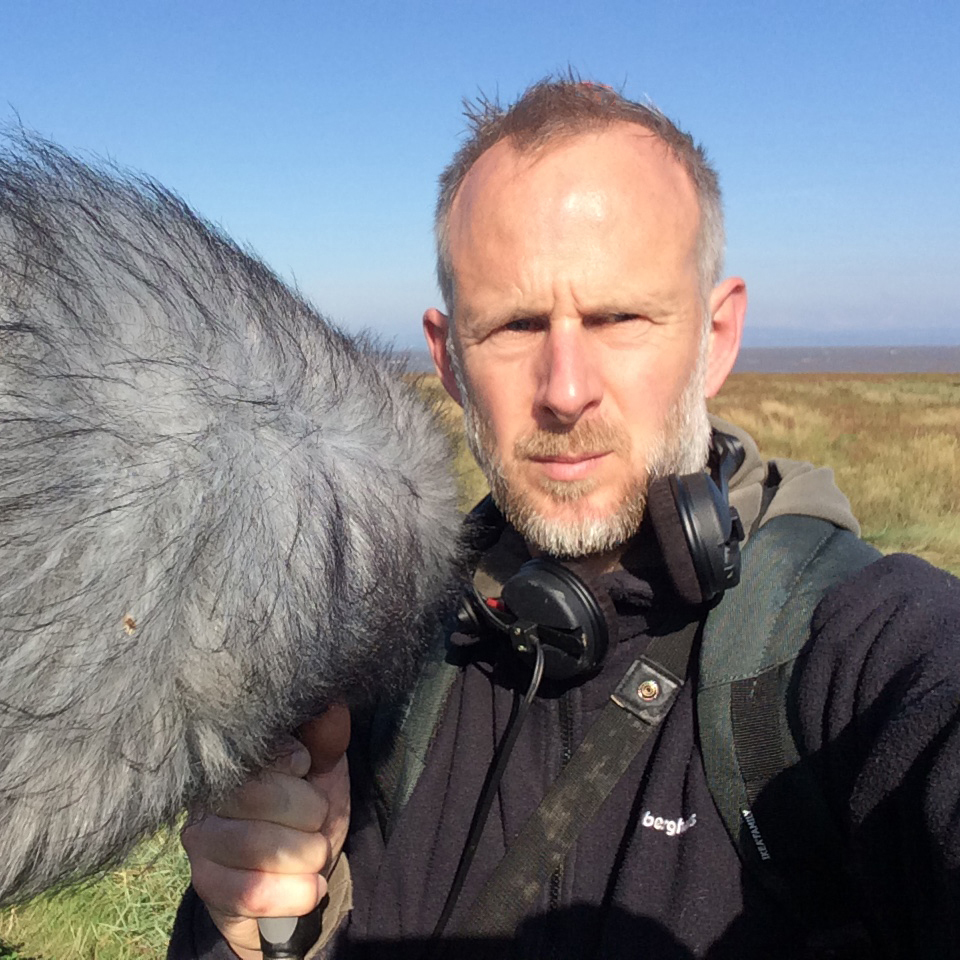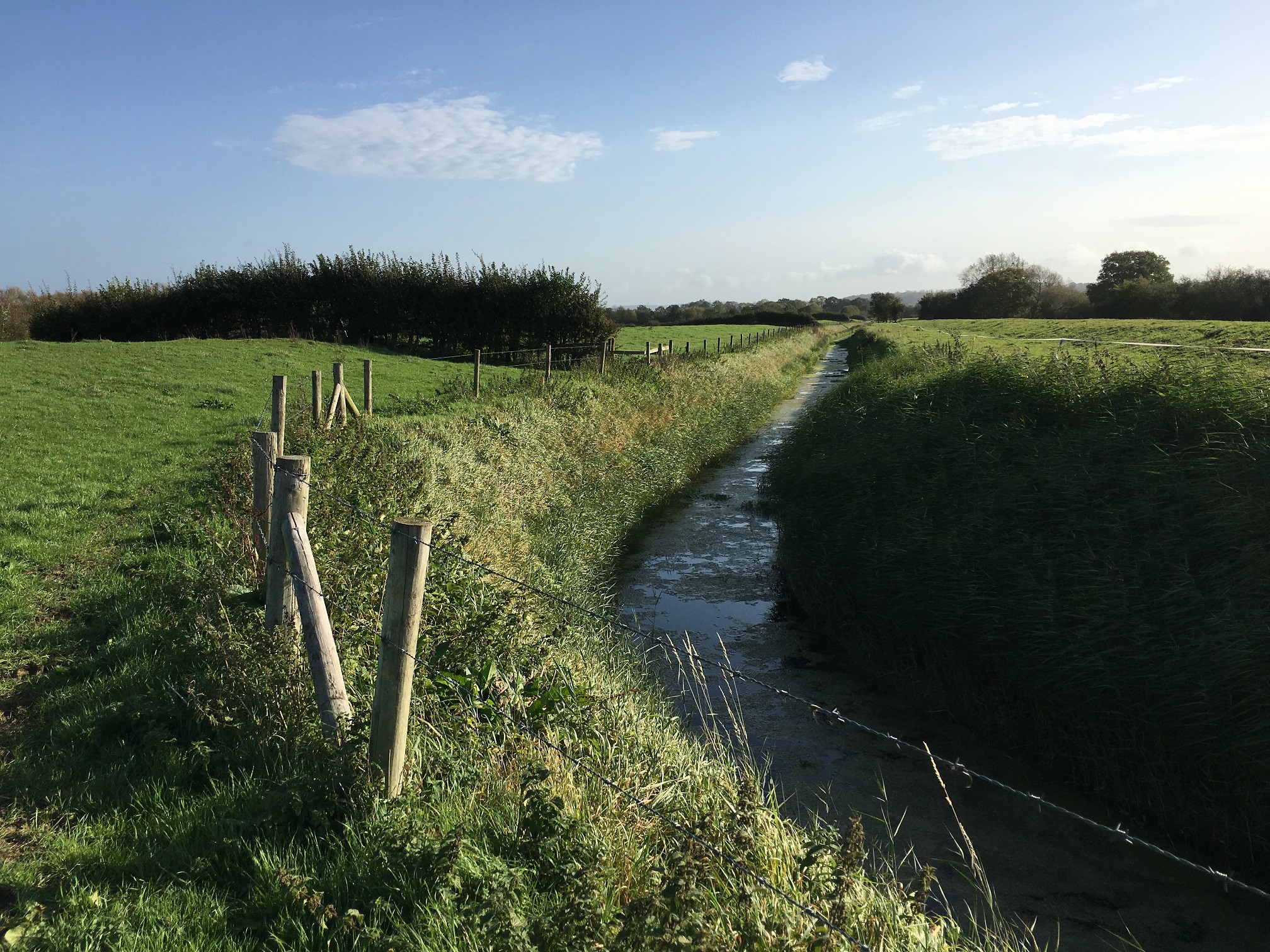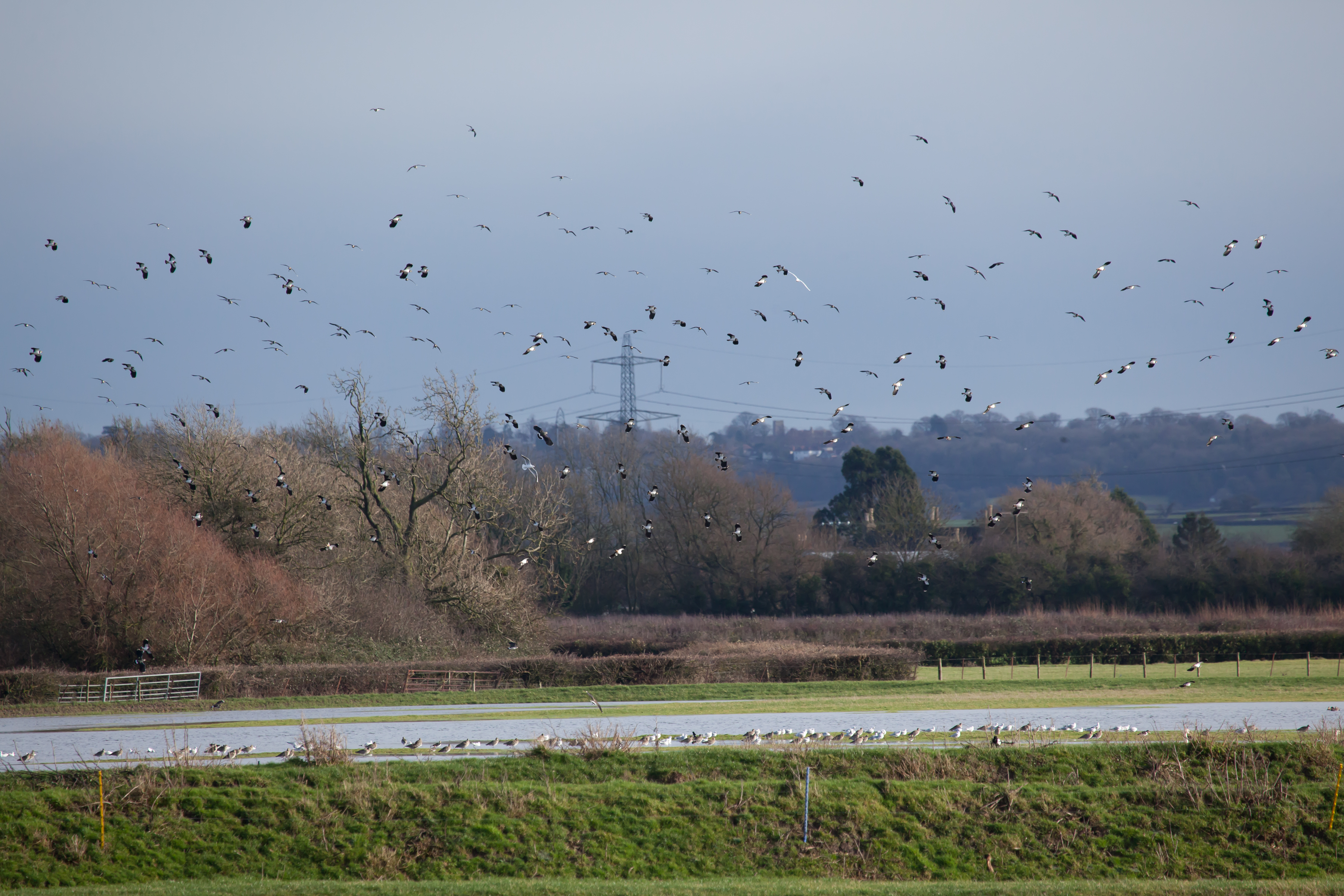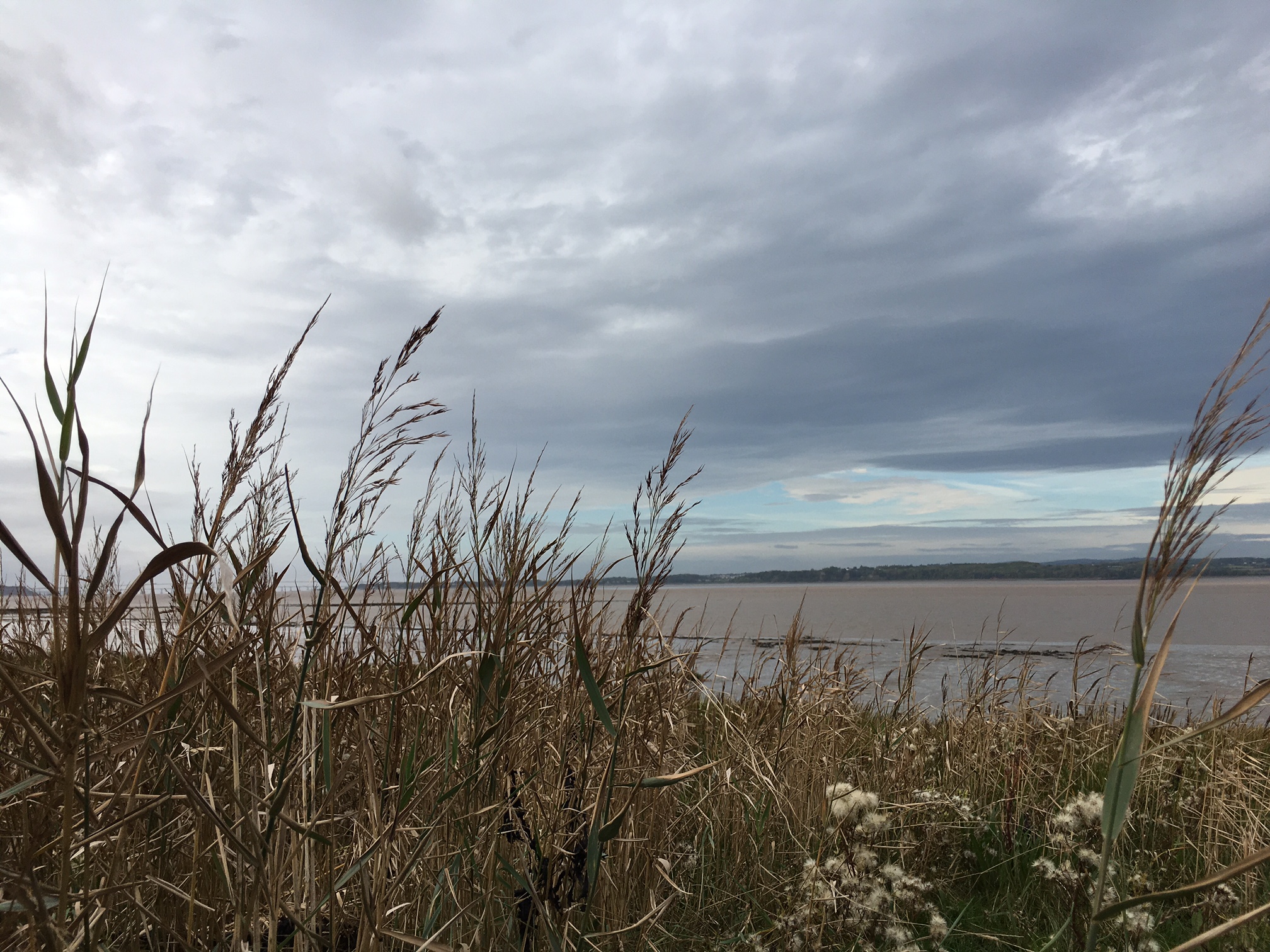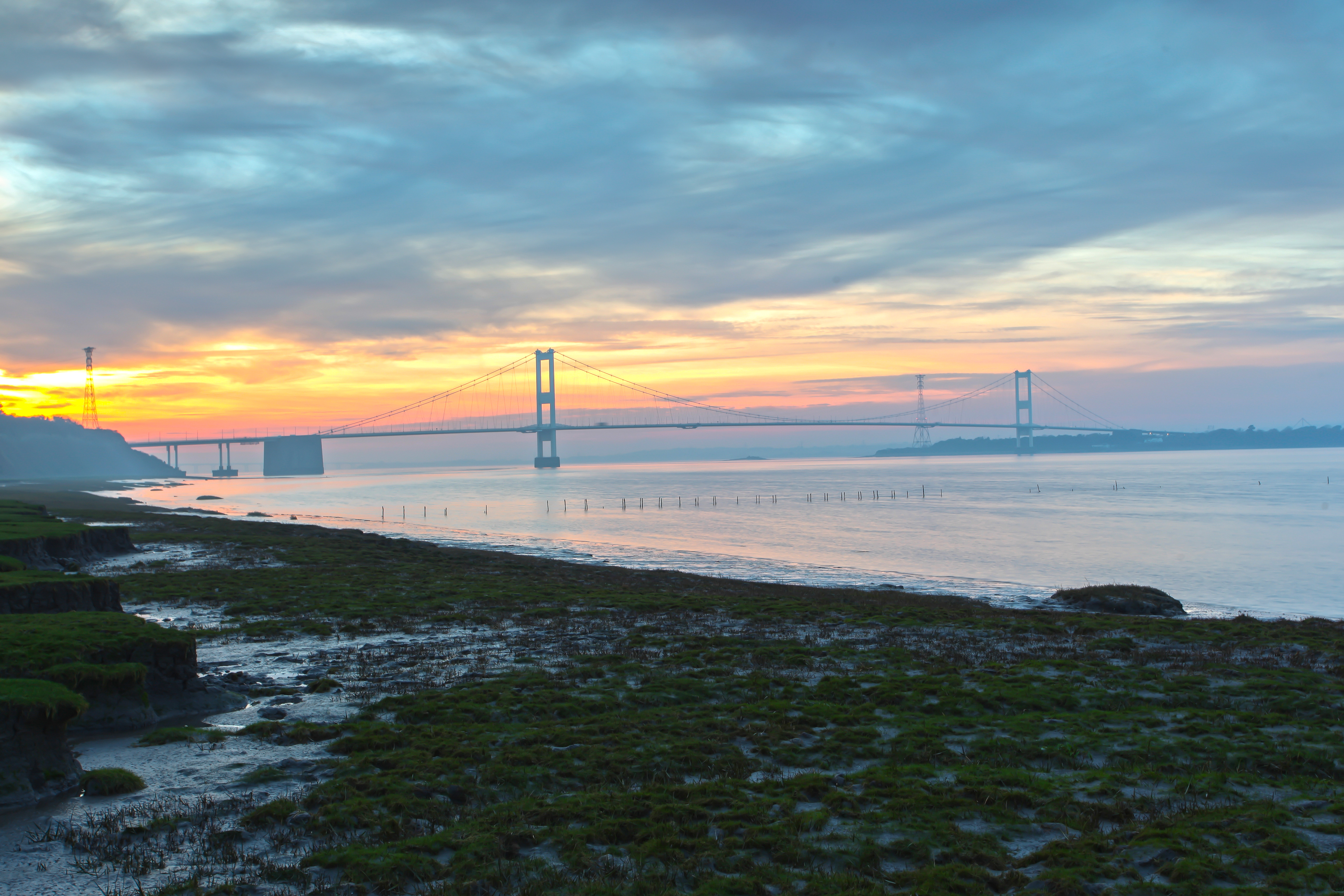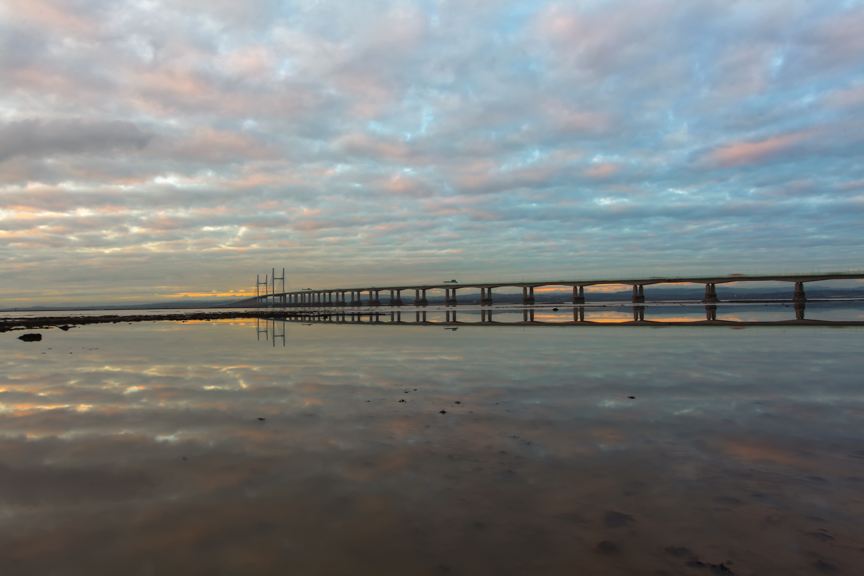Soundscape: Faith and Death in Shepperdine
Soundscape: Faith and Death in Shepperdine
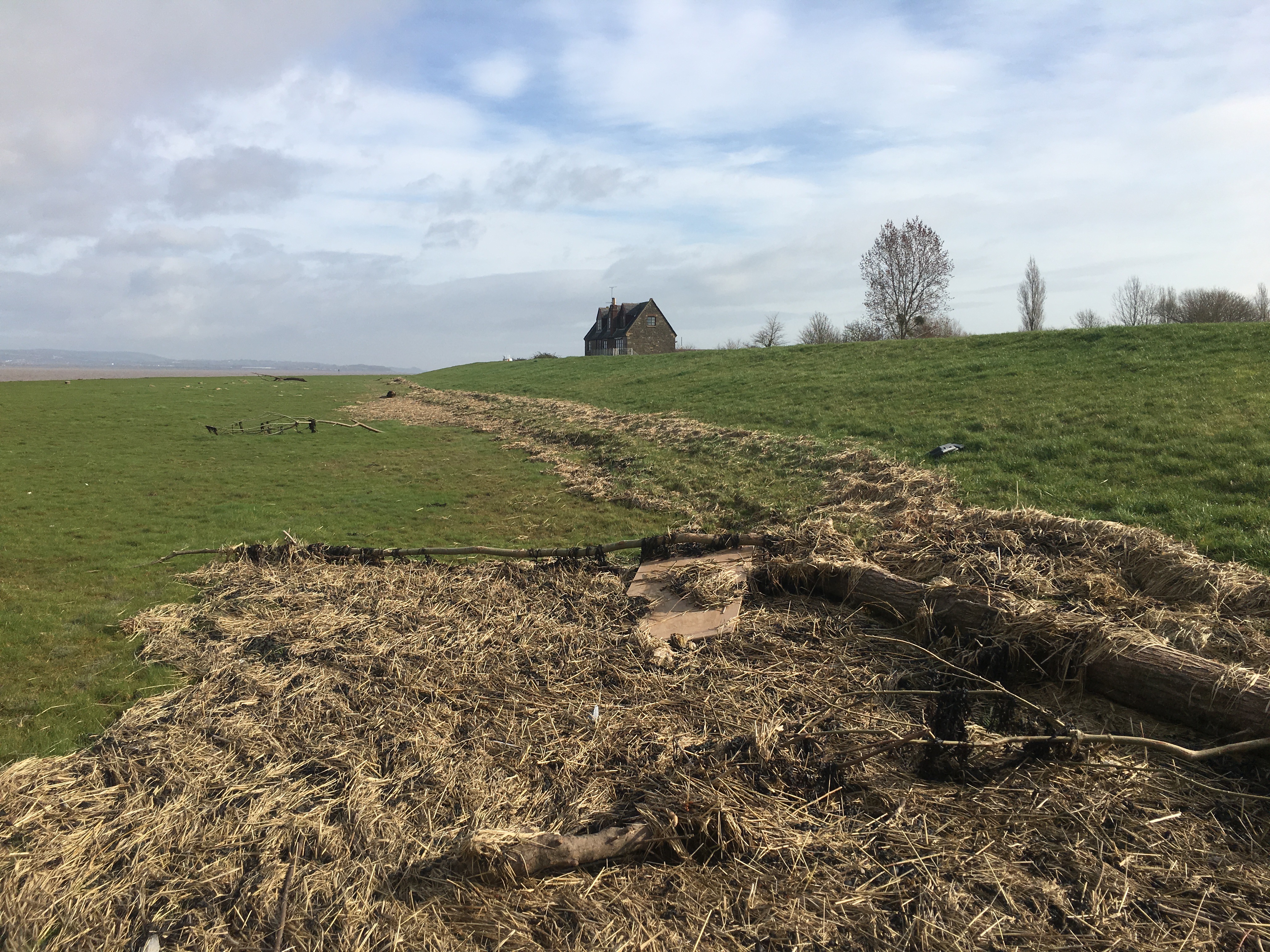
There’s both a beauty and a strong sense of isolation to the estuary landscape around Chapel Houses. Alfred Till lived there as a child with his grandparents. His grandmother looked after the tiny tin chapel in the field beside the house.
All the sounds for this piece were gathered within very close proximity to this building. An evensong service was recorded one balmy Sunday evening in June as the birds sang, insects buzzed and the long grasses swayed in a light breeze. The organ and voices are kept low in the mix as they were recorded from across the large ridge-and-furrow field the chapel stands in - the service leaking out into the landscape from the chapel’s wide open windows and door.
You can hear the deep, throbbing engine of a survey vessel passing Shepperdine on its way up to Sharpness and the intermittent drone of air traffic overhead. Whilst we perceptually filter out a lot of such noise when we’re in the landscape, it’s very much an ever-present acoustic feature of this area - and I like the tension between the apparent emptiness of this part of the landscape and the fact that the sounds of industry and transportation are always impinging. It’s an interesting juxtaposition between the rootedness and slow-moving pace of the place and the old ways versus the dynamism and hyper-mobility of all these other lives skirting or passing over it, unseeing.
The higher mechanical sound at the end of the piece is the sound of the marine radar / navigation beacon on the sea wall just past Chapel Houses. It seemed to make a nice contrast to bookend the piece with one end being bucolic and old world and the other very modern / technological. It also seemed to strike a curious emotional resonance with Alfred’s words about his grandparents’ deaths.
David Howell


